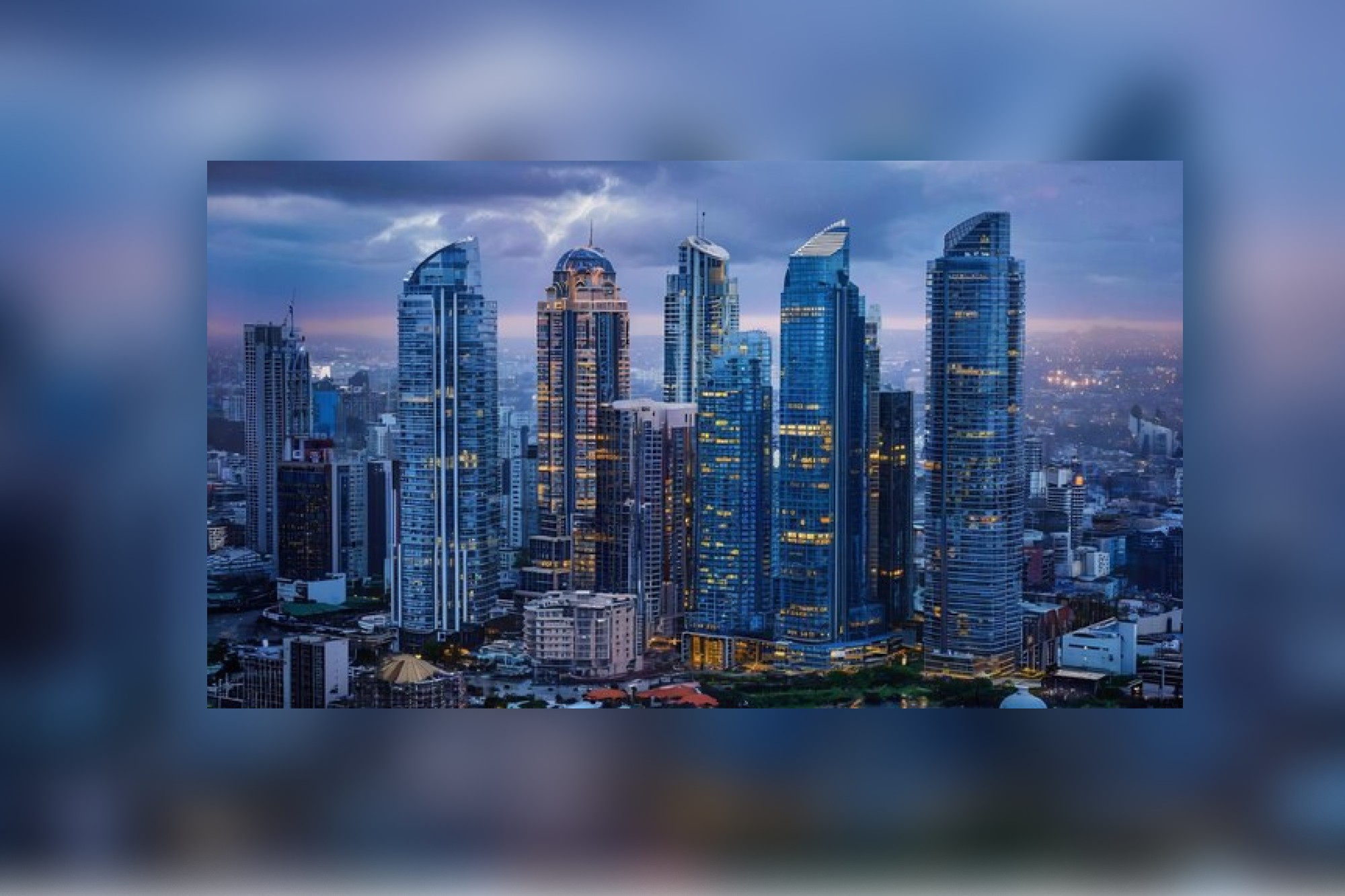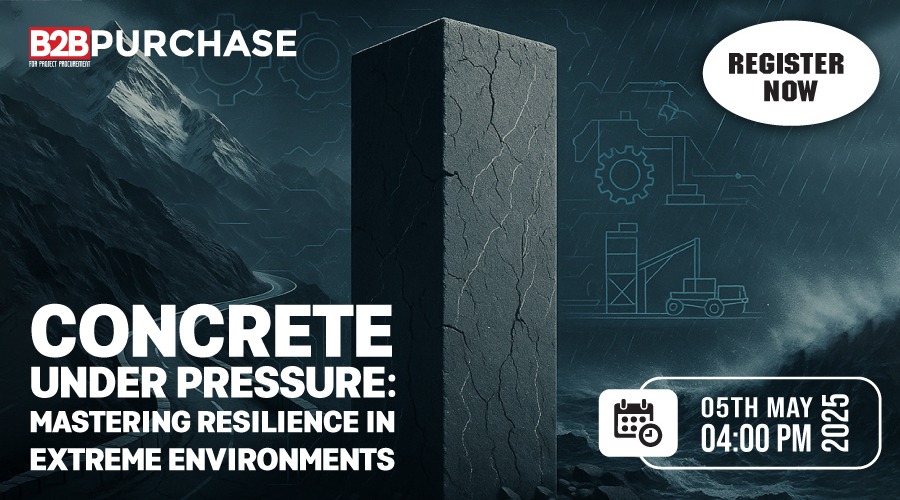Mumbai’s infrastructure faces a safety challenge
By Staff Report | November 6, 2024 7:04 pm SHARE

Mumbai’s rapid real estate boom poses serious fire safety problems, as seen by recent high-rise fires and a 154 percent increase in fatalities. Stricter restrictions and preventive steps are critical to protecting residents.
As Mumbai’s real estate market expands dramatically, as indicated by a 13.2 percent year-on-year increase in property registrations during the recent Navratri festivals, the issue of fire safety in high-rise structures has become increasingly important. The city’s tiny streets, combined with the use of fireworks during Diwali, exacerbates these concerns. Recent fire events, such as the Times Tower fire, the Kalpataru Residence burning in Goregaon, and the Chembur fire, highlight the critical need for enhanced fire safety practices.
Mumbai, known as India’s Financial Capital, has grown significantly and rapidly. Urban transport innovations are unlocking the potential of real estate, increasing building and demand. Long commutes are unavoidable for many inhabitants, given that 80 percent of work prospects are centred in Mumbai and that the surrounding Mumbai Metropolitan Region (MMR) is growing rapidly. This circumstance has resulted in a significant price difference between residential properties in the neighbourhood. However, this expansion has a significant cost to the well-being of its population.
The city’s development has a cost. In 2021, 70,023 units were released, just 12 percent below pre-pandemic levels, with 62,989 units sold, a 3 percent increase over pre-pandemic sales. In the third quarter of 2022, launches increased by 49 percent year on year, while sales increased by 35 percent . The epidemic changed people’s views, prompting them to buy homes and renovate them to accommodate ‘work-from-home’ and’school-from-home’ lives.

Despite Mumbai’s phenomenal financial growth, the city’s living conditions reveal a different reality. The frightening increase in fires, lift accidents, housing collapses, and potholes raises concerns about the human toll of rapid development.
- The numbers are staggering:
– 154 percent increase in fire accident fatalities in 2023
– 3,197 emergencies reported in the first seven months of 2024, resulting in:
– 8 fatalities
– 112 injuries
These numbers highlight the critical need to prioritise safety and infrastructure development alongside economic growth.
On October 9th, the Mumbai High Court ordered the State Government to enforce particular fire safety regulations, including the installation of fire towers and fire evacuation lifts in high-rise structures. If the government fails to comply, the court may consider suspending all development approvals. Given the present trends in infrastructure development, the need for these restrictions is evident, especially as the number of occurrences increases. It is also critical to investigate the underlying causes of these rising numbers so that we can remain cautious and properly adhere to fire safety regulations.
The primary issues identified include:
Electrical short circuits: A leading cause of fires
According to data, electrical short circuits cause around 70 percent of fires. Other variables, however, contribute to high-rise buildings’ flammability. The use of Aluminium Composite Panels (ACP) in building facades has been highlighted as a major risk factor. ACPs are extremely flammable, spreading flames quickly and exacerbating fire damage. When high-rise structures clad with Aluminium Composite Panels (ACP) catch fire, the results can be disastrous. The hazardous fumes and smoke released by burning ACP panels frequently cause asphyxia, killing several people.
In the event of a fire, ACP panels can:
- Produce dense smoke, reducing visibility
- Generate extreme heat, fueling the fire
- Release toxic fumes, causing respiratory distress and suffocation
The devastating consequences of ACP panel fires highlight the need for:
- Stricter building codes and regulations
- Alternative, fire-resistant materials
- Enhanced fire safety measures and emergency preparedness
Glass façades: Aesthetic but hazardous
Glass facades are popular for their aesthetic appeal, but they also represent a fire risk. Shattered glass can hurt people and impede evacuation operations. Furthermore, glass facades can retain heat, aggravating the fire situation.
Poor Maintenance: A Silent Killer
Inadequate maintenance is a major contributor to fires in high-rise buildings. Neglected electrical systems, defective wiring, and dirty ducts create a setting ripe for tragedy. Regular maintenance of Fire escape Lifts and Fire Towers is critical to ensuring safe escape during a fire emergency. Unfortunately, many residential communities and builders disregard this crucial role, placing lives in danger.
Consequences of neglect:
- Failure of critical evacuation systems during fires.
- Increased risk of injury or fatality.
- Delayed evacuation, allowing fires to spread.
Urgent call to action:
- Regularly inspect and maintain Fire Evacuation Lifts and Fire Towers.
- Update maintenance records and logs from vendors.
- Ensure compliance with fire safety regulations and guidelines.
- Conduct routine fire drills and training.
Several other challenges hinder effective fire safety in Mumbai, including:
- Rapid urbanisation: High population density and overcrowded urban areas make firefighting and rescue operations difficult.
- Inadequate infrastructure: Narrow streets, congested buildings, and lack of open spaces hinder emergency response.
- Lack of awareness: Insufficient knowledge among the public regarding fire safety measures and emergency response procedures.
- Limited resources: Fire departments face challenges in acquiring modern equipment, and training, and Shortage of skilled firefighters and support staff.
Measures for Enhancing Fire Safety
Special fire safety regulations: A step in the right direction
In response to a high court ruling, the Maharashtra government enacted special fire safety legislation, focusing on Fire Towers and Fire Evacuation Lifts (Firemen Evacuation Lifts). These regulations seek to improve emergency response and evacuation protocols.
Collective responsibility and attentiveness are critical in avoiding fire catastrophes. As the city’s real estate sector expands, prioritising fire safety is critical to protecting people and property. By addressing these concerns and taking proactive actions, Mumbai can reduce the risks connected with high-rise buildings while also providing a safer, more secure living environment for its citizens.
Authored by: Dr. Vikram Mehta, Fire Evacuation Man of Maharashtra and MD of SPARTAN Fire Evacuation Lift
Cookie Consent
We use cookies to personalize your experience. By continuing to visit this website you agree to our Terms & Conditions, Privacy Policy and Cookie Policy.






































-20240213125207.png)

























